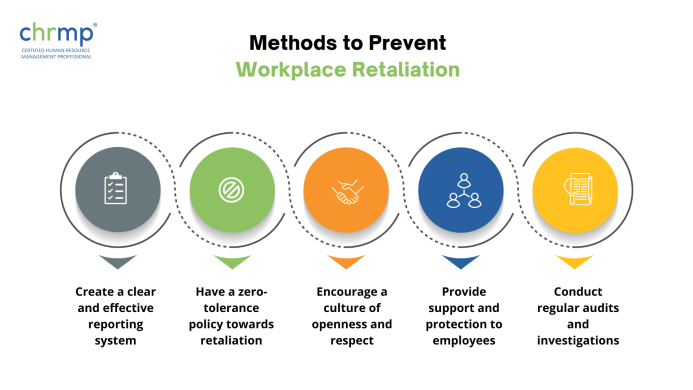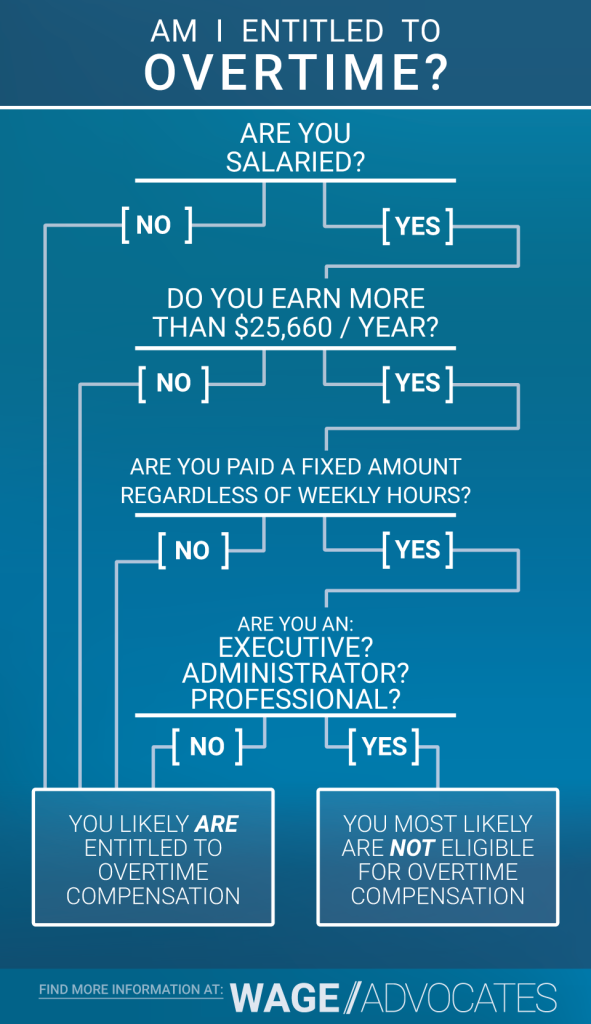
Mastering the Art: How to Write an Effective Job Description That Attracts Top Talent
In the competitive world of talent acquisition, your job description isn’t just a list of tasks and requirements; it’s your company’s first impression, a powerful marketing tool, and the foundation of a successful hire. For many, crafting a job description feels like a chore, but an effective one can be the difference between sifting through hundreds of mismatched resumes and attracting a pipeline of perfectly suited candidates.
This comprehensive guide will break down the essential elements of an effective job description, offering simple, actionable steps for beginners to write compelling, SEO-friendly listings that stand out.
Why an Effective Job Description Matters More Than You Think
Before we dive into the "how," let’s understand the "why." A well-written job description isn’t just a formality; it’s a strategic asset for several crucial reasons:
- Attracts the Right Talent: A clear, engaging description acts like a magnet, drawing in candidates whose skills, experience, and aspirations align with the role and your company culture. It helps filter out unqualified applicants early on.
- Sets Clear Expectations: It serves as a foundational document, outlining the responsibilities, expectations, and desired outcomes of the role. This clarity helps potential employees understand what they’re signing up for and reduces turnover due to misalignment.
- Saves Time and Money: By attracting better-matched candidates, you spend less time sifting through irrelevant applications, conducting unproductive interviews, and restarting the hiring process due to poor fits.
- Boosts Your Employer Brand: A professional, thoughtful job description showcases your company as organized, appealing, and considerate of its future employees. It’s an extension of your brand image.
- Enhances Candidate Experience: A clear and concise job description makes the application process smoother and more transparent for candidates, leading to a more positive overall experience.
- Aids in Legal Compliance: A well-structured job description can help ensure you’re compliant with employment laws by clearly defining essential functions and qualifications, avoiding discriminatory language.
The Anatomy of an Effective Job Description
Think of your job description as a structured narrative. Each section plays a vital role in informing, engaging, and persuading potential candidates.
1. The Compelling Job Title (The First Impression)
This is the first thing candidates see, and often, what they search for. It needs to be:
- Clear and Specific: Avoid internal jargon or overly creative titles that aren’t widely recognized. "Marketing Ninja" might sound cool, but "Digital Marketing Specialist" is what people search for.
- Standardized: Use titles that align with industry norms. This helps with search engine optimization (SEO) on job boards and applicant tracking systems (ATS).
- Reflect Seniority (if applicable): "Junior," "Senior," "Lead," "Manager," "Director" immediately signal the level of experience required.
Examples:
- Good: "Customer Service Representative," "Senior Software Engineer," "Marketing Coordinator"
- Less Effective: "Customer Happiness Guru," "Code Wizard," "Growth Hacker" (unless well-defined and common in your niche)
2. The Engaging Summary/Overview (The Hook)
This is your elevator pitch for the role. It should be a concise paragraph (2-4 sentences) that:
- Highlights the essence of the role: What is the primary purpose of this position?
- Explains its impact: How does this role contribute to the company’s mission or goals?
- Excites the candidate: What makes this opportunity unique or interesting?
- Mentions the company briefly: Who are you and what do you do?
Example:
"We’re seeking a passionate and detail-oriented Marketing Coordinator to join our growing team. In this pivotal role, you will support our marketing initiatives, helping to execute campaigns, manage social media, and analyze performance data, directly contributing to our brand’s expansion and customer engagement."
3. Responsibilities & Duties (The "What You’ll Do")
This section is the core of the job description, detailing the day-to-day tasks and key functions of the role. When writing this section:
- Use Action Verbs: Start each bullet point with a strong, active verb. (e.g., "Manage," "Develop," "Analyze," "Collaborate," "Implement," "Create," "Oversee").
- Focus on Outcomes, Not Just Tasks: Instead of "Writes reports," try "Generates comprehensive reports to inform strategic decision-making."
- Be Specific and Quantifiable (where possible): "Manages a portfolio of 50+ client accounts" is better than "Manages client accounts."
- Prioritize Key Responsibilities: List the most important duties first.
- Avoid Overwhelm: Aim for 5-10 key responsibilities. Too many can deter applicants.
- Group Similar Tasks: If possible, group related responsibilities to make them easier to read.
Example (for Marketing Coordinator):
- Develop and execute engaging content for social media platforms (Facebook, Instagram, LinkedIn).
- Assist in the planning and coordination of email marketing campaigns, from content creation to scheduling.
- Monitor and analyze marketing campaign performance data, identifying trends and recommending optimizations.
- Collaborate with the sales team to create marketing collateral, including brochures, presentations, and case studies.
- Manage website content updates using our CMS (Content Management System).
- Conduct market research to identify new opportunities and competitive insights.
4. Qualifications & Requirements (The "Who We’re Looking For")
This section outlines the essential skills, experience, education, and attributes a candidate needs to succeed in the role. Be clear about what’s required versus what’s preferred.
- Education: Specify degrees, certifications, or relevant coursework.
- Experience: State the number of years in a particular role or industry.
- Technical Skills: List specific software, programming languages, or tools (e.g., "Proficiency in Adobe Creative Suite," "Experience with Salesforce CRM," "Fluent in Python").
- Soft Skills: Include transferable skills like communication, problem-solving, teamwork, adaptability, and leadership.
- Distinguish "Required" vs. "Preferred": Use clear headings or phrasing. This helps candidates understand if they meet the absolute minimums.
- Required: "Must-have" skills that are non-negotiable.
- Preferred: "Nice-to-have" skills that would make a candidate stand out.
Example (for Marketing Coordinator):
Required Qualifications:
- Bachelor’s degree in Marketing, Communications, or a related field.
- 1-2 years of experience in a marketing support role, preferably within a corporate or agency environment.
- Proficiency in social media management platforms (e.g., Hootsuite, Sprout Social).
- Strong written and verbal communication skills with a keen eye for detail.
- Ability to work independently and collaboratively in a fast-paced environment.
Preferred Qualifications:
- Experience with email marketing platforms (e.g., Mailchimp, HubSpot).
- Basic understanding of SEO principles.
- Familiarity with graphic design tools (e.g., Canva, Adobe Photoshop).
5. Company Culture & Benefits (The "Why Work Here?")
This section is your chance to sell your company and the perks of joining your team. It’s crucial for attracting top talent who are looking for more than just a paycheck.
- Brief Company Overview: A sentence or two about your mission, values, or what makes your company unique.
- Team Environment: Describe the work atmosphere (e.g., collaborative, innovative, fast-paced, supportive).
- Growth Opportunities: Mention career development, training, or paths for advancement.
- Work-Life Balance: Highlight flexibility, remote work options, or generous PTO.
- Benefits & Perks: List standard benefits (health, dental, vision, 401k) and any unique perks (gym membership, free snacks, professional development stipends, wellness programs).
Example:
"At [Your Company Name], we’re a passionate team dedicated to [brief mission statement]. We foster a collaborative and innovative environment where every voice is heard, and continuous learning is encouraged. We offer competitive salaries, comprehensive health benefits, generous paid time off, a dedicated professional development budget, and regular team-building events. We believe in empowering our employees to thrive both personally and professionally."
6. Call to Action (The "What’s Next?")
Make it crystal clear how candidates should apply. Don’t leave them guessing.
- Specific Instructions: "Apply through our company website," "Submit your resume and cover letter to [email protected]," "Click the ‘Apply Now’ button."
- What to Include: If you require a cover letter, portfolio, or specific application questions, state it here.
- Express Enthusiasm: End with an inviting tone.
Example:
"If you are a driven Marketing Coordinator eager to make an impact, we encourage you to apply! Please submit your resume and a brief cover letter outlining your relevant experience through our online application portal. We look forward to hearing from you!"
Step-by-Step Guide: How to Write Your Effective Job Description
Now that you know the components, let’s walk through the writing process.
1. Do Your Homework: Analyze the Role
Before writing a single word, fully understand the position.
- Talk to the Hiring Manager: What are their expectations? What problems will this person solve? What does success look like in this role?
- Interview Current Employees: If the role exists, what do current incumbents actually do? What skills do they find most crucial?
- Identify Key Performance Indicators (KPIs): How will this role’s success be measured? This helps define responsibilities and qualifications.
2. Craft a Compelling Job Title
As discussed, keep it clear, specific, and standard. Avoid internal jargon. If the role has a unique twist, you can add a descriptive phrase after the standard title (e.g., "Product Manager – AI & Machine Learning").
3. Write an Engaging Summary
Think of this as the movie trailer for the job. It should be exciting and give a quick snapshot of the role’s purpose and impact within the company. Start with a strong opening sentence that grabs attention.
4. Detail Responsibilities with Action Verbs
List the core duties, starting each point with a powerful action verb. Focus on what the person will achieve, not just what they will do. Use bullet points for readability.
5. List Clear Qualifications (Required vs. Preferred)
Be realistic. Don’t create a "unicorn" candidate profile that no one can meet. Clearly separate must-haves from nice-to-haves. This widens your pool of qualified applicants.
6. Highlight Your Company Culture & Perks
This is where you differentiate yourself. Be authentic! Showcase what makes your workplace special and why someone would want to work there beyond just the job duties.
7. Include a Clear Call to Action
Make the application process as frictionless as possible. Provide direct instructions and links.
8. Review, Refine, and Optimize
- Proofread Meticulously: Typos and grammatical errors diminish your professionalism.
- Read Aloud: Does it flow well? Is it easy to understand?
- Get Feedback: Ask the hiring manager, a colleague, or even someone outside your department to review it.
- Optimize for Keywords (ATS): Think like a candidate. What terms would they search for? Integrate these keywords naturally throughout the job description, especially in the title, summary, and responsibilities. This helps your job description get found by Applicant Tracking Systems (ATS) and job board algorithms.
- Check for Inclusive Language: Ensure your language is neutral and welcoming to all candidates, regardless of gender, age, ethnicity, or background. Avoid gendered pronouns (he/she), age-specific terms ("digital native," "recent grad" unless it’s an entry-level role), or aggressive language ("rockstar," "ninja" can be off-putting). Tools like Textio or Gender Decoder can help.
- Check for Length: Aim for a balance. Too short, and it lacks detail; too long, and it’s overwhelming. Generally, 300-700 words is a good target for most roles.
Pro Tips for Boosting Your Job Description’s Effectiveness
- Use a Consistent Voice: Maintain your company’s brand voice throughout the description (professional, friendly, innovative, etc.).
- Emphasize Growth and Development: Top talent is often looking for opportunities to learn and advance. Highlight training, mentorship, and career paths.
- Be Transparent About Salary (if possible): While not always required, including a salary range can significantly increase the number of qualified applicants and reduce time spent on candidates outside your budget.
- Consider a Video Job Description: For a modern touch, some companies embed short videos showcasing the team, office, or a day in the life of the role.
- Regularly Update Your JDs: Roles evolve. Review and update your job descriptions periodically to ensure they accurately reflect the current responsibilities and requirements.
Common Mistakes to Avoid When Writing Job Descriptions
- Vague Language: "Responsible for various tasks" tells candidates nothing. Be specific.
- Overly Long or Short Descriptions: Find the sweet spot – enough detail to inform, but not so much that it overwhelms.
- Unrealistic Requirements: Demanding 10 years of experience for a junior role will scare off great candidates. Be realistic about what’s truly needed.
- Ignoring Company Culture: If you don’t talk about your workplace, candidates have no reason to choose you over a competitor.
- Lack of SEO Optimization: If job boards can’t find your listing, top talent won’t either. Use relevant keywords.
- Using Internal Jargon: Don’t assume external candidates understand your company’s acronyms or unique terminology.
- Copy-Pasting from Competitors: Your job description should reflect your unique role and company, not just a generic template.
- Focusing Only on "What We Want": Remember to also convey "What’s in it for the candidate?"
Conclusion
Writing an effective job description is an art and a science. It requires careful planning, clear communication, and a strategic approach to attract the best talent. By following the guidelines outlined in this guide – focusing on clarity, specificity, an engaging tone, and strategic optimization – you’ll transform your job descriptions from mundane listings into powerful recruiting tools.
Invest the time and effort upfront to craft compelling job descriptions, and you’ll reap the rewards of a more efficient hiring process, a stronger talent pipeline, and ultimately, a more successful team. Start crafting your next winning job description today!




Post Comment